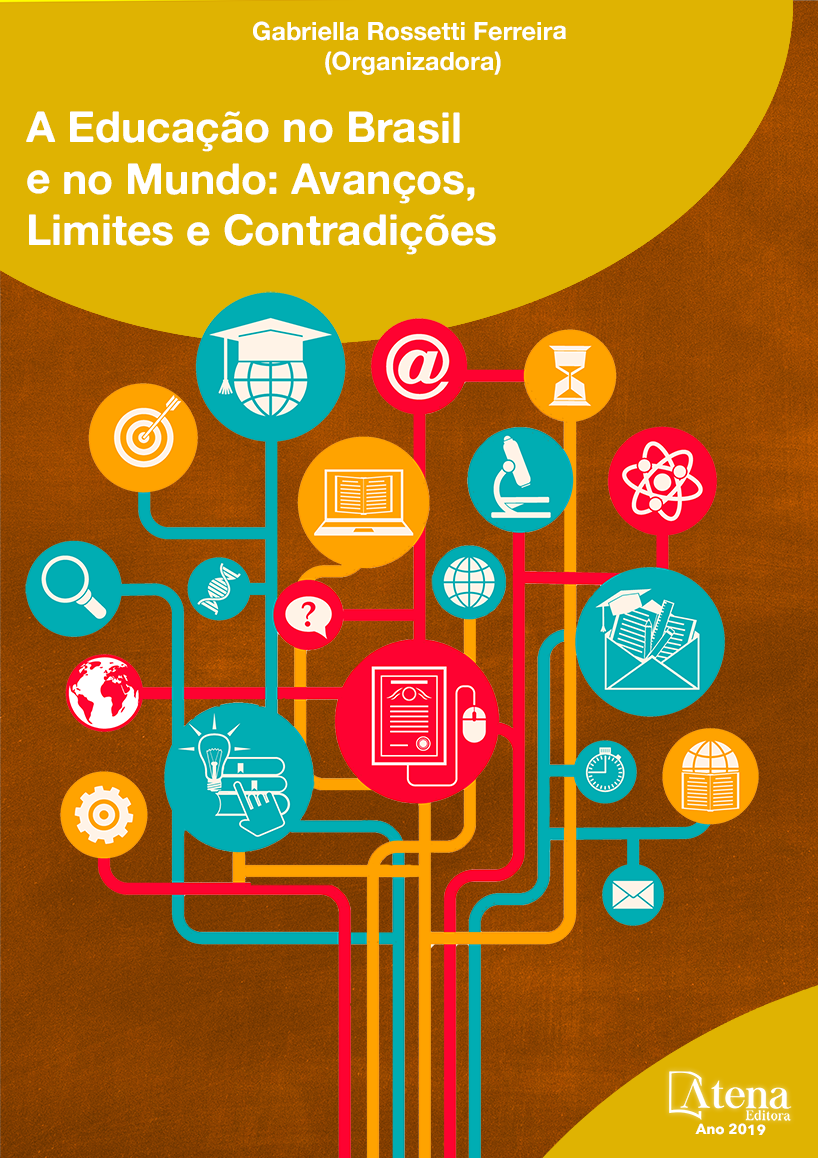
COMO MELHORAR O DESEMPENHO ESCOLAR COM DIFERENTES ESTRATÉGIAS: PIBID E CHARTER SCHOOLS?
O presente trabalho tem como
objetivo apresentar uma pesquisa bibliográfica,
de caráter analítico-descritivo, que envolva
elementos comparativos sobre duas políticas
públicas voltadas para a melhoria da qualidade
da educação, uma no Brasil, o PIBID e outra
nos USA, as Charter schools. As reformas
educacionais ocorridas na década de 1990 e
que tiveram como marco a Conferência Mundial
para Todos, realizada na Tailândia no início da
década, com a qual foram firmados acordos
entre todos os países participantes, colocaram a
educação na agenda das discussões. Tanto no
Brasil como nos USA, pensando na dinamicidade
e na realidade dos contextos educacionais, nos
quais o processo de avaliação na educação
básica leva o coletivo educacional a reflexões,
a busca da melhoria do ensino tornou-se então
demanda prioritária, uma: “reflexão não pelas
semelhanças, mas pelas diferenças, [...] não
pretendendo transpor modelos de um pais a
outro. ” (FRANCO, 2000, p.199)
COMO MELHORAR O DESEMPENHO ESCOLAR COM DIFERENTES ESTRATÉGIAS: PIBID E CHARTER SCHOOLS?
-
DOI: 10.22533/at.ed.79519110712
-
Palavras-chave: Educação, IDEB, PIBID, YAP, Charter schools.
-
Keywords: Education, IDEB, PIBID, YAP, Charter schools.
-
Abstract:
This article aims to present a
bibliographical research, analytical-descriptive,
involving comparative elements on two public
policies improving the quality of education,
one in Brazil, PIBID and another in the USA,
Charter schools. The educational reforms that
took place in the 1990s, marked by the World
Conference for All, held in Thailand at the
beginning of the decade, with which agreements
were signed between all participating countries,
placed education on the discussions. In Brazil
and in the USA, thinking about the dynamics
and reality of educational contexts, in which
the process of evaluation in basic education
leads the educational actions to reflections,
the search for better education has become a
priority demand: not by the similarities, but by
the differences, [...] not intending to transpose
models from one country to another.”(FRANCO,
2000, p.199)
-
Número de páginas: 15
- Fernanda Scaciota Simões da Silva


